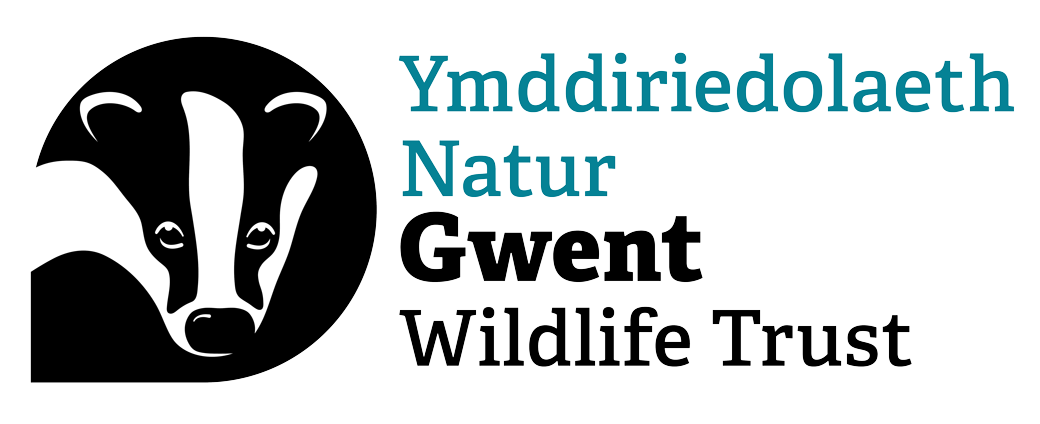Search
Chwilio
Willow tit
The willow tit lives in wet woodland and willow carr in England, Wales and southern Scotland. It is very similar to the marsh tit, but has a distinctive pale panel on its wings.
People's Postcode Lottery helping nature recovery in Gwent
The players of the People's Postcode Lottery are helping Gwent Wildlife Trust's conservation and nature recovery efforts.
Natterjack toad
The rare natterjack toad is found at just a few coastal locations, where it prefers shallow pools on sand dunes, heaths and marshes.
Brockwells Meadows
In spring and summer the meadows dazzle with colour from a mixture of wildflowers scarcely found elsewhere in Gwent. It’s a restful spot for a picnic or a stroll among the flowers.
Skullcap
The delicate, tube-like, violet-blue flowers of Skullcap bloom from June to September in damp places, such as marshes, fens, riverbanks and pond margins.
Nature's Recovery
Why we marched to Restore Nature Now
We joined thousands of others in London to demand that the next government Restores Nature Now
Purple-loosestrife
A tall plant, purple-loosestrife can form dense stands of bright purple flower spikes in wet habitats like reedbeds, fens and marshes.
Alder
Common alder can be found along riversides, and in fens and wet woodlands. Its exposed roots provide shelter for fish, and its rounded leaves are food for aquatic insects.
Hard rush
The stiff, spiky and upright leaves and brown flowers of hard rush are a familiar sight of wetlands, riversides, dune slacks and marshes across England and Wales.
Thongweed
One of the longest seaweeds native to the UK, thongweed helps create a beautiful underwater forest to rival that of any on the land!
